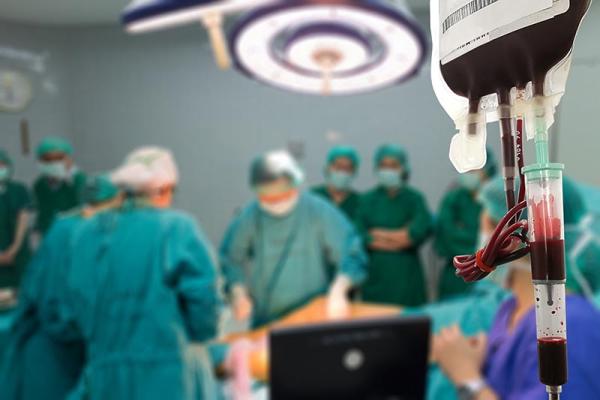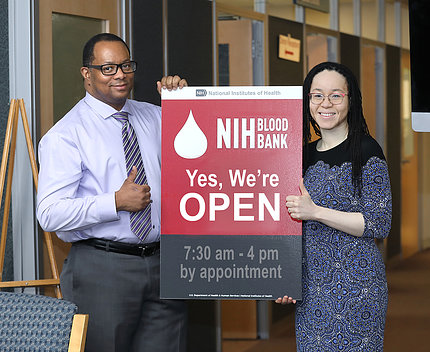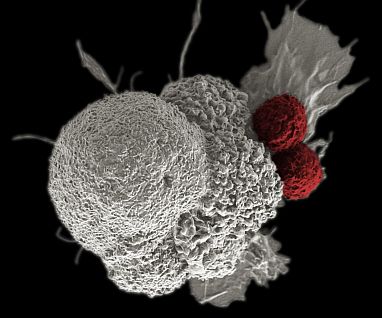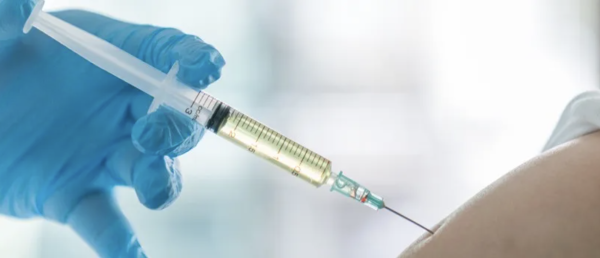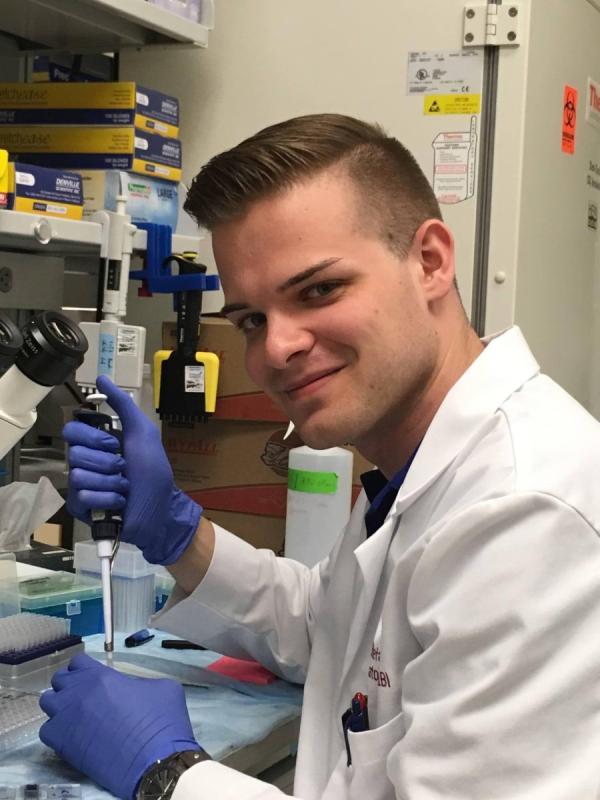IRP’s Giorgio Trinchieri Elected to National Academy of Sciences
IRP Scientist Has Found New Ways to Wield the Immune System Against Cancer
Over the past twenty or so years, we’ve seen a sea change in many cancer therapies resulting from advances in immunotherapy. Rather than trying to poison cancer cells with chemotherapy or rip apart their DNA with radiation, these treatments help our own bodies attack the disease. As a result, we’ve seen a remarkable reduction in cancer deaths from many types of tumors.
NIH Distinguished Investigator Giorgio Trinchieri, M.D., has long stood at the forefront of these discoveries. This year, he was elected to the National Academy of Sciences (NAS) for his achievements in identifying the mechanisms regulating the activity of certain classes of immune cells and how the environment around a tumor interacts with the immune system to suppress an immune response to the disease. This includes searching for ways to expand the benefits of immunotherapy to more patients.





